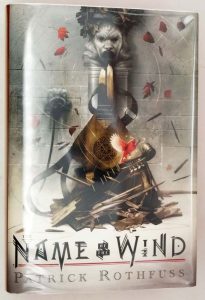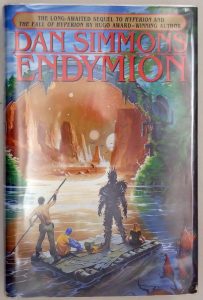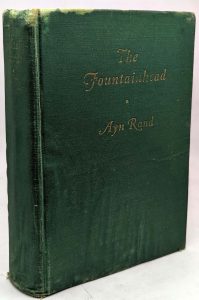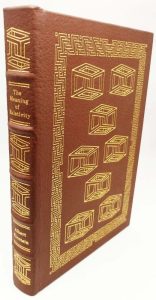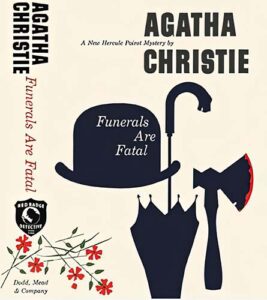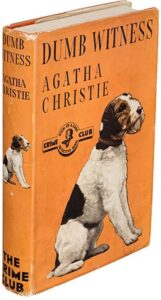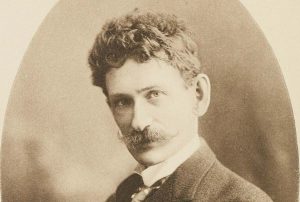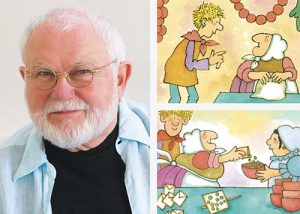Leo Lionni – American author and illustrator, 1910-1999
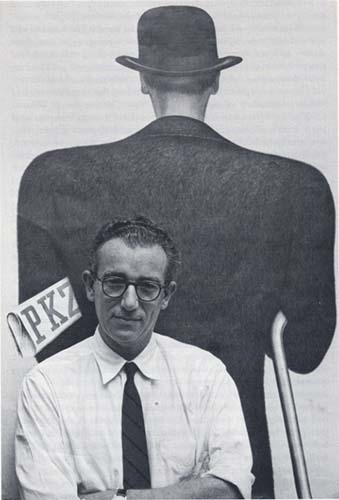
In Leo Lionni’s Frederick (1967), a shy, poetic field mouse refuses to help harvest food for the approaching winter because he is busily gathering the warmth of the sun, the colors of the summer, and words to describe the seasons. Late in the winter, when it is dark and the mice are cold and hungry, Frederick’s words spark the imagination of his fellow mice so that they can see colors and feel the sun’s warmth. In Frederick, as in his other picture books, Lionni uses evocative words and expressive art to kindle the imagination so that the reader, too, can dream.
Although he has written more than thirty books for young children, Lionni did not start writing until he was a grandfather. The inspiration for his first book came during a train ride, when he was trying to entertain his grandchildren by telling them a story with pieces of paper that he had torn from a magazine. From this experience came Little Blue and Little Yellow (1959), the story of two small circles of color who are best friends and one day hug each other until they turn green. The strong design and marvelous color in Lionni’s work reflect his lifelong career as an artist and graphic designer.
Born in Amsterdam, Leo Lionni spent his childhood living and traveling throughout Europe. Although he earned a Ph.D. in economics, he pursued a career in graphic arts instead and worked as a freelance designer before corning to the United States in 1939. In the States he worked for several corporations as an art director and was also the head of the Graphics Design Department of the Parsons School of Design.
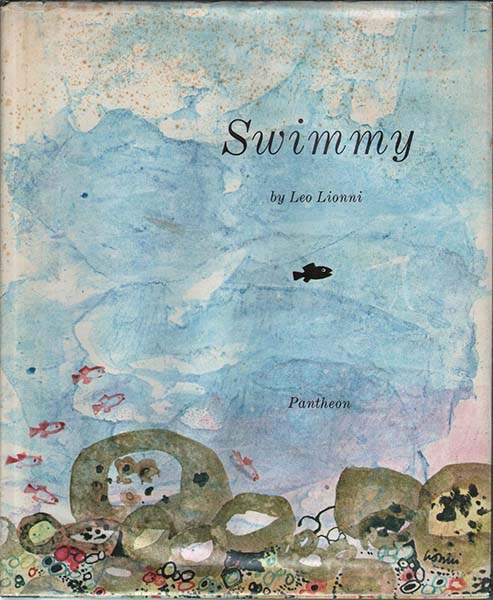
His contributions to the field of graphic design resulted in his receiving an American Institute of Graphic Arts Gold Medal in 1984. Given such a distinguished career, Leo Lionni’s contribution to the world in his books for children is even more remarkable. Filled with small animal characters, these picture books unapologetically champion individuality and quietly celebrate the beauty of the natural world. Quite simple, the storylines assume the form of fables, and they almost always have more than one level of meaning.
Most often he uses collage—although he sometimes relies on other media—to create a rich, lively, and textured art. These bold colors and designs make his books particularly suitable for reading aloud to a group. Leo Lionni is one of the few artists to have four books designated as Caldecott Honor Books—Frederick, Inch by Inch (1960), Swimmy (1963), and Alexander and the Wind-Up Mouse (1969). His stories often treat serious subjects—war, friendship, and honesty—although generally the tone is playful.
In Swimmy, a tiny fish encourages the other small fish to form collectively a giant fish so the larger fish won’t eat them. The tale works as a simple story, although most adults see an underlying message in this book as well as in his others. Probably the only criticism of his work comes from those who find his messages and morals a bit too pointed. But what emerges most clearly is his consistent invitation for the reader to imagine, to experiment, and most of all to feel good about being an individual.
A.Q.
Source: Children’s Books and their Creators, Anita Silvey.
Leo Lionni Selected Works
- Alexander and the Wind-up Mouse
- The Alphabet Tree
- The Biggest House in the World
- A Busy Year
- A Color of His Own
- Colors to Talk About
- Cornelius: A Fable
- An Extraordinary Egg
- Fish is Fish
- A Flea Story
- Frederick (named by the National Education Association one of its “Teachers’ Top 100 Books for Children” based on a 2007 online poll)
- Geraldine, the Music Mouse
- The Greentail Mouse
- I Want to Stay Here! I Want to Go There!: A Flea Story
- In the Rabbitgarden
- Inch by Inch
- It’s Mine
- Let’s Make Rabbits: A Fable
- Let’s Play
- Letters to Talk About
- Little Blue and Little Yellow (a New York Times Best Illustrated Children’s Book of the Year, 1959)
- Matthew’s Dream
- Mouse Days: A Book of Seasons
- Mr. McMouse
- Nadarin
- Nicolas, Where Have You Been?
- Numbers to Talk About
- On My Beach There are Many Pebbles
- Parallel Botany
- Pezzettino
- Pulgada a Pulgada
- Six Crows: A Fable
- Swimmy (named by the National Education Association one of its “Teachers’ Top 100 Books for Children” based on a 2007 online poll)
- Theodore and the Talking Mushroom
- Tico and the Golden Wings
- Tillie and the Wall
- Una Piedra Extraordinaria
- What?: Pictures to Talk About
- When?: Pictures to Talk About
- Where?: Pictures to Talk About
- Who?: Pictures to Talk AboutWords to Talk About
